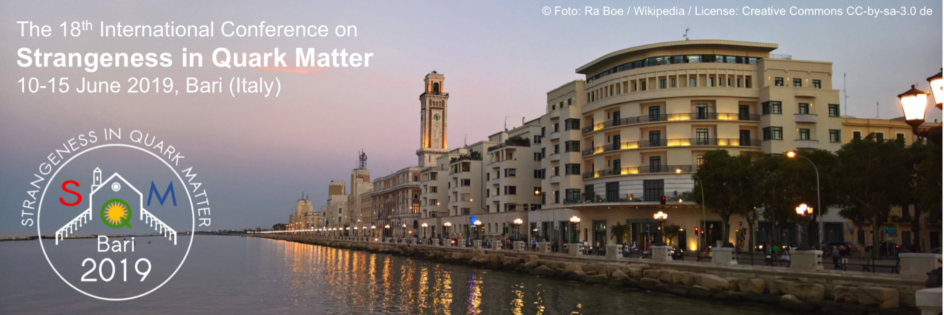Speaker
Description
Proton-nucleus collisions at relativistic energy, traditionally regarded as control measurements for heavy ion collisions, are now capturing the attention due to the recent experimental observations at RHIC and LHC that indicate the formation of quark-gluon plasma even in these small systems. In the early stage of relativistic heavy ion collisions extremely intense magnetic fields, with a magnitude up to 5-50 m_\pi^2, are produced. In asymmetric collisions, and in particular in proton-nucleus collisions, not only the magnetic field but also the generated electric field is very high. Moreover, the particle rapidity distributions are strongly asymmetric inside the overlap region due to the different number of protons in the colliding nuclei. By means of microscopic calculations within the Parton-Hadron-String Dynamics (PHSD) approach we study central p+Au collisions, investigating the emergence of collectivity, the distributions of electromagnetic fields and the influence of these fields on final hadronic observables.
| Track | Collectivity in small systems |
|---|
